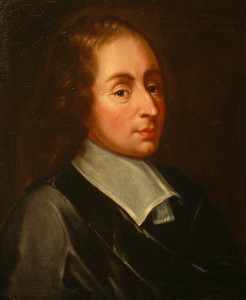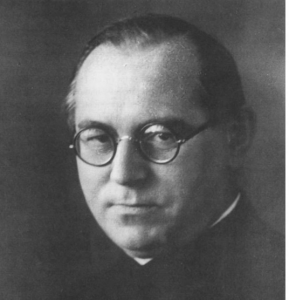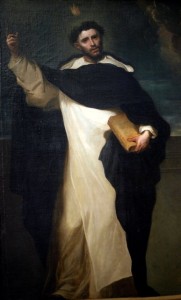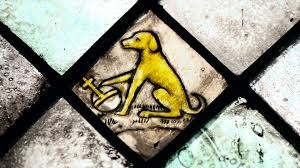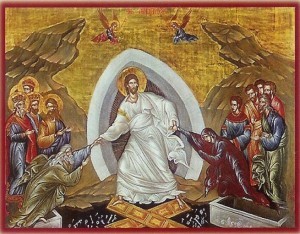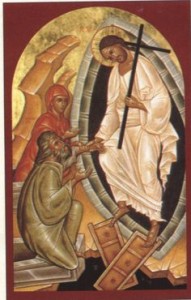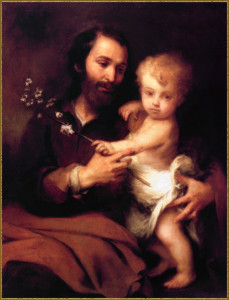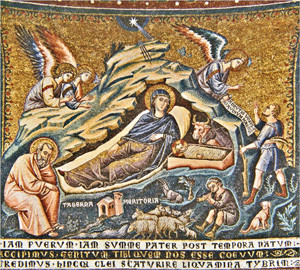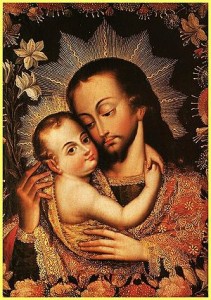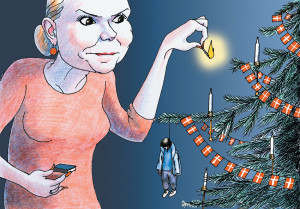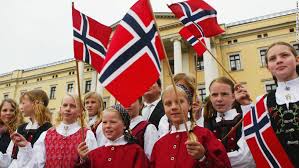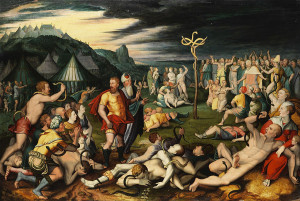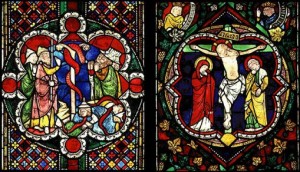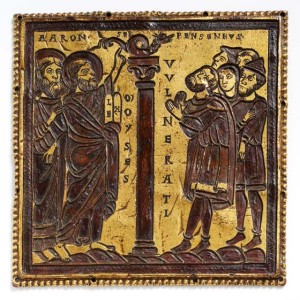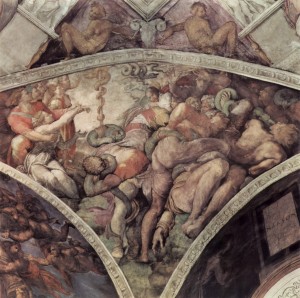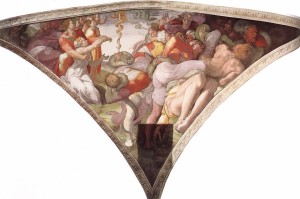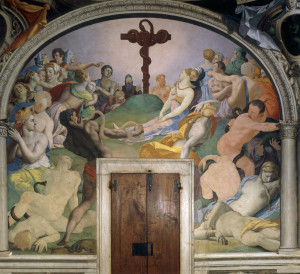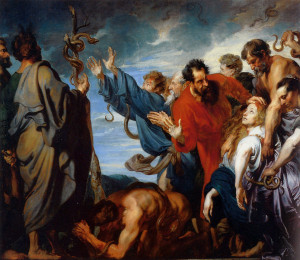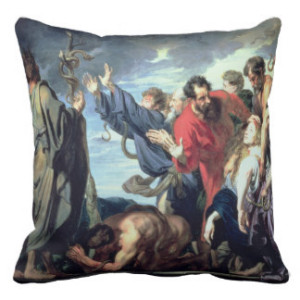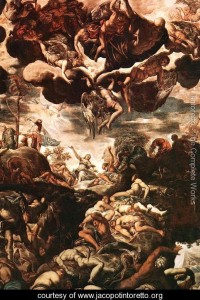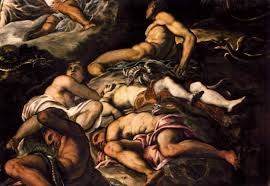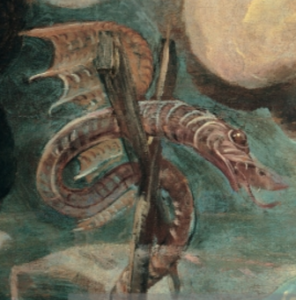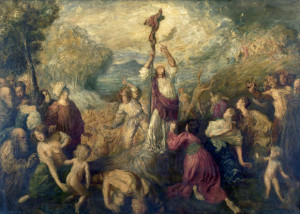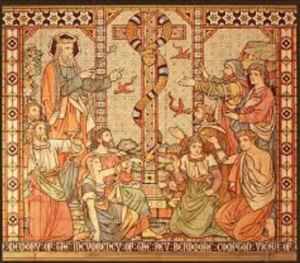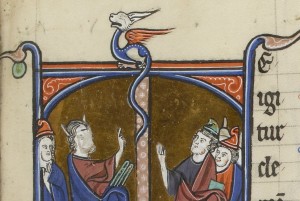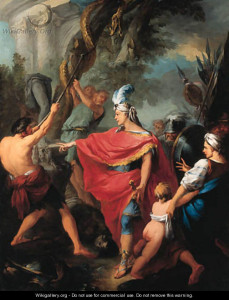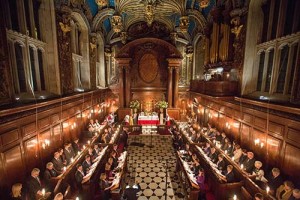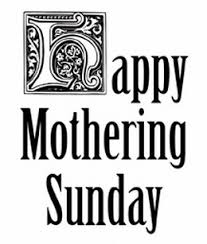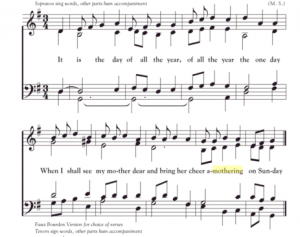Pascal in the Provincial Letters has a character explain the motivation for the Jesuit’s casuistry by which they could excuse almost anything:
Men have arrived at such a pitch of corruption now-a-days, that unable to make them come to us, we must e’en go to them, otherwise they would cast us off altogether; and what is worse, they would become perfect castaways. It is to retain such characters as these that our casuists have taken under consideration the vices to which people of various conditions are most addicted, with the view of laying down maxims which, while they cannot be said to violate the truth, are so gentle that he must be a very impracticable subject indeed who is not pleased with them. The grand project of our Society, for the good of religion, is never to repulse any one, let him be what he may, and so avoid driving people to despair.
Perhaps the cardinals should have read the Provincial Letters before the last election; or perhaps they did, and decided this was the policy they wanted.
It is a pity that John the Baptist did not follow this policy; he could have kept his head.
